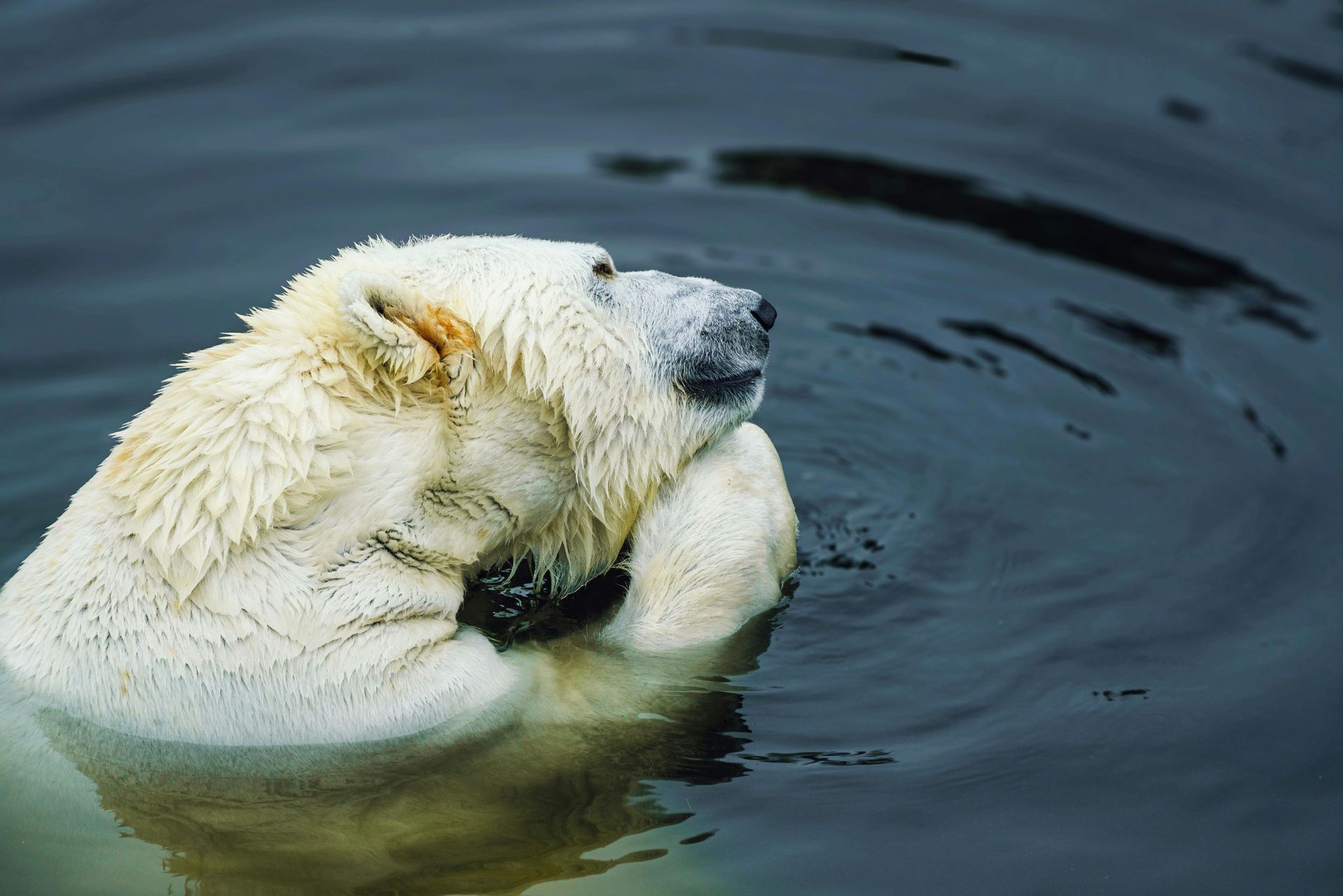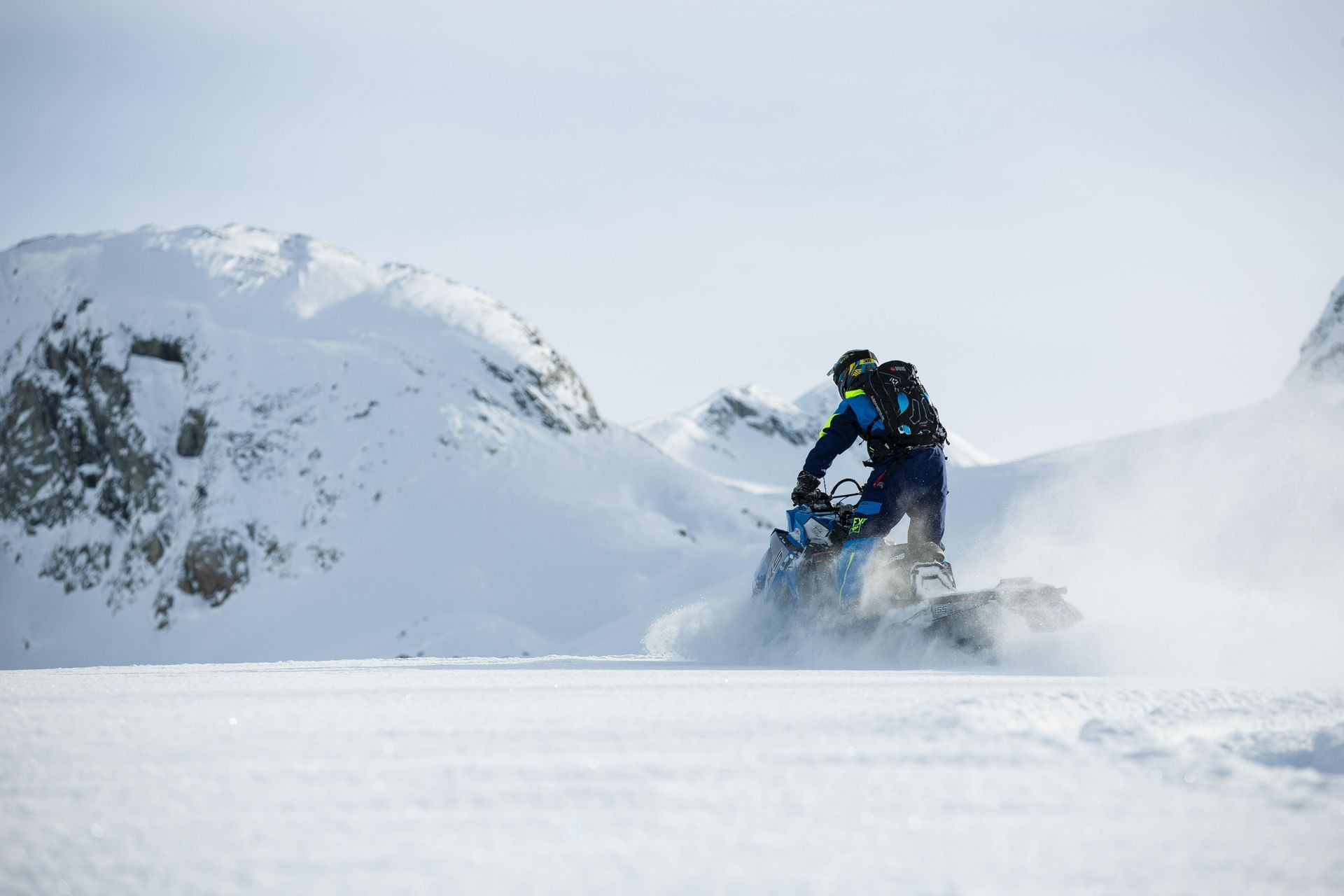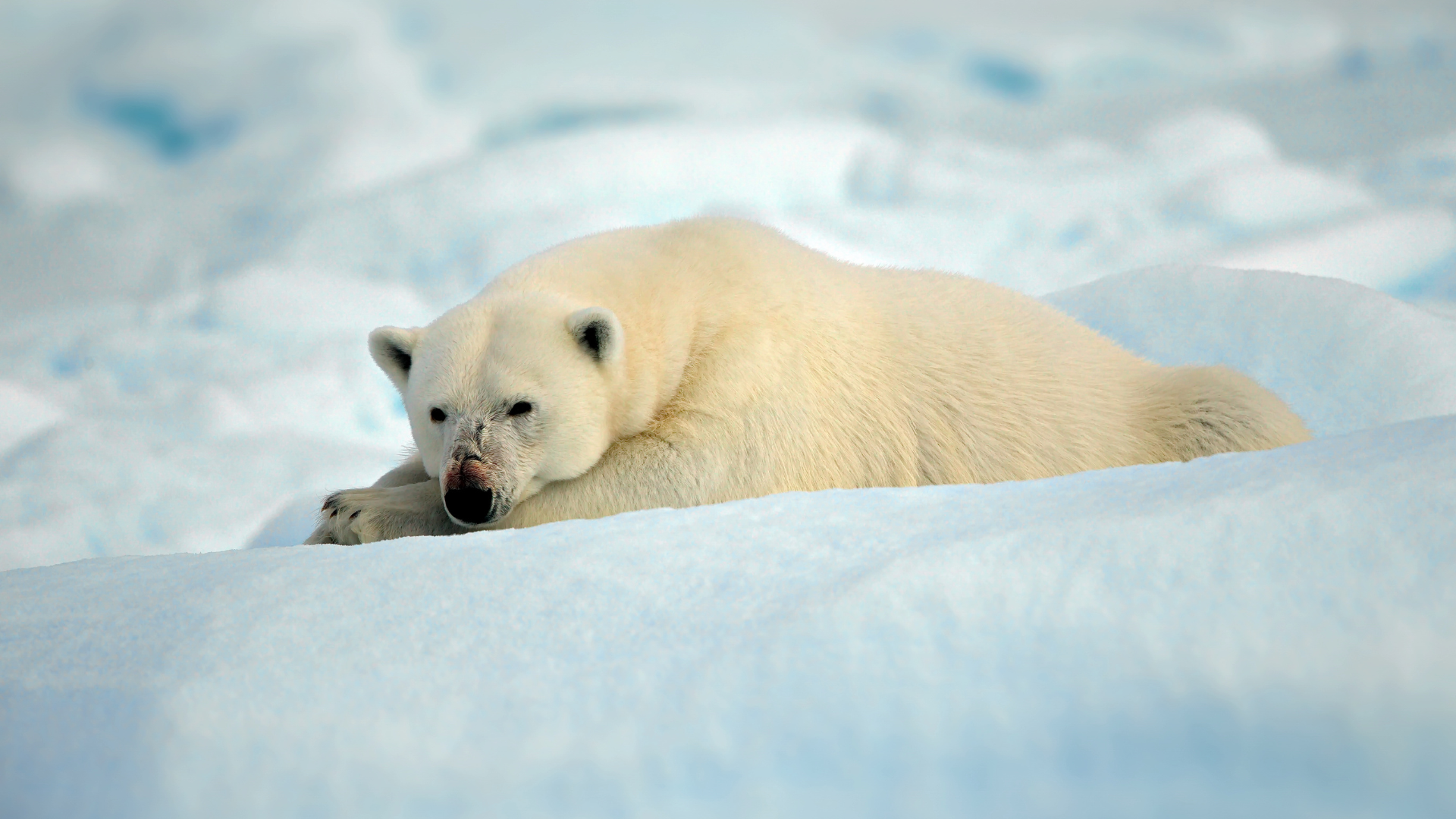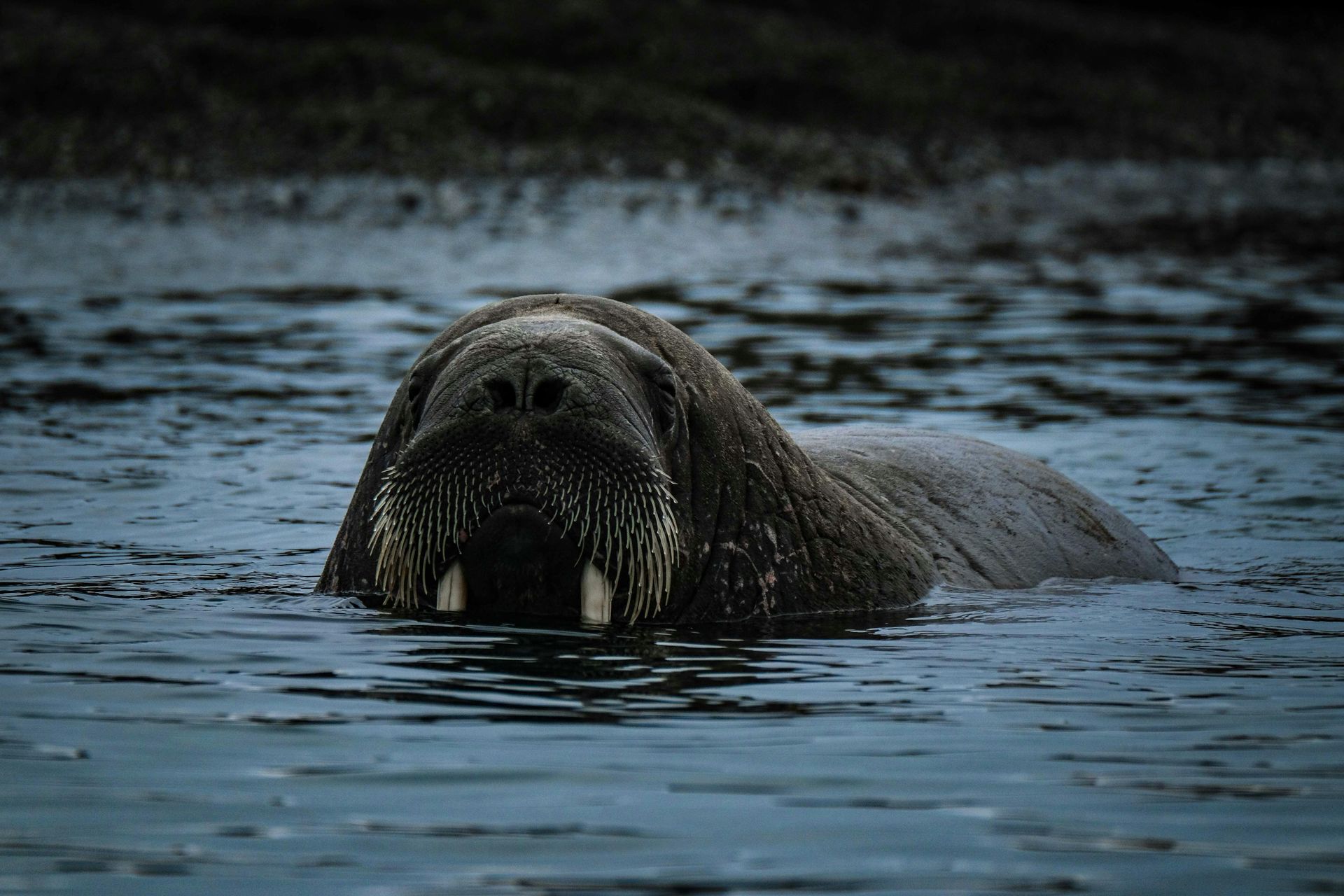Svalbard's Unique Wildlife Habitats: Exploring Polar Bears and More
Svalbard's Unique Wildlife Habitats: Exploring Polar Bears and More

Svalbard is home to some of the most unique and iconic wildlife in the world, from polar bears to Arctic foxes and a vast array of seabirds. The archipelago’s diverse habitats, from glaciers to tundra, make it an exceptional place for wildlife observation. If you’re lucky enough to visit, here’s how to explore Svalbard’s wildlife habitats safely and responsibly.
Polar Bears: The King of the Arctic
Polar bears are perhaps the most iconic creatures of Svalbard. They are the ultimate symbol of the Arctic, roaming the island in search of food. While they are an awe-inspiring sight, it's crucial to remember that polar bears are unpredictable and dangerous. Always travel with a guide who can ensure your safety and give you the best chance of spotting these magnificent creatures from a distance.
Arctic Foxes and Reindeer
The Arctic fox and Svalbard reindeer are two other key species that inhabit the islands. Arctic foxes are particularly adapted to the harsh conditions of the Arctic, with their thick fur and ability to survive in temperatures as low as -40°C. Svalbard reindeer are smaller and stockier than their mainland counterparts, allowing them to thrive in the harsh environment. They are often seen grazing on the tundra during summer.
Seabirds and Marine Life
Svalbard is a paradise for birdwatchers, with thousands of seabirds nesting on its cliffs in the summer months. The most notable of these is the puffin, which can be seen in large colonies. Other seabirds, such as guillemots, kittiwakes, and petrels, also make their homes in the area. The surrounding waters are rich in marine life, including seals, walruses, and even beluga whales.
Marine Mammals and Sea Ice
Svalbard’s fjords and surrounding sea ice provide a habitat for various marine mammals. Seals are commonly spotted basking on ice floes, while walruses can be seen lounging on beaches. With a bit of luck, you might even spot a blue whale or narwhal as they pass through the waters around Svalbard. These creatures are essential parts of the Arctic ecosystem, and seeing them in their natural habitat is a truly magical experience.
Planning Your Wildlife Tour
- Best Time to Visit:
Summer is the best time for wildlife watching, as animals are most active during this period. The Midnight Sun allows for extended viewing hours, giving you more opportunities to spot wildlife.
- What to Pack: Bring binoculars and a camera with a telephoto lens for capturing distant wildlife. Pack waterproof clothing to protect yourself from rain and snow while exploring the wilderness.











